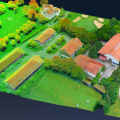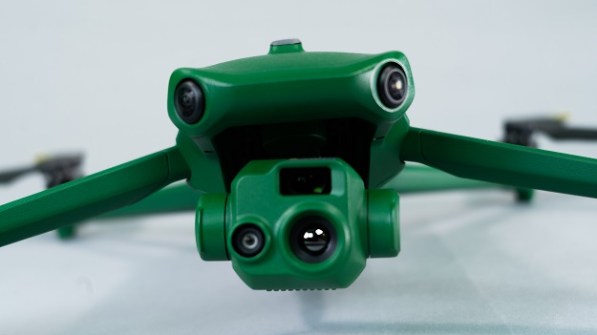
The new Raptors from Anzu Robotics are filling a much-needed niche for affordable, fully capable survey drones.
PARTNER FEATURE
There’s a new player on the drone block, but it’s one that has a familiar look — albeit with a distinctive green finish — being essentially a licensed version of one of the popular DJI models. The company behind it is US firm Anzu Robotics, for whom the master distributor within Australasia is C.R. Kennedy.
While DJI is a dominant player in the global drone market, concerns have been expressed in some markets regarding security implications of using the Chinese technology. Indeed, the Australian Department of Defence has suspended the use of DJI drones, as has the Australian Border Force and the US military.
Anzu has taken steps to quell concerns about licensing DJI’s technology. For a start, Anzu Robotics is a US-based company that simply licenses its drone technology from DJI. Almost all the hardware in each drone is made and assembled in Malaysia, before being shipped to the US for installation of firmware and for quality review.
When it comes to software development, Anzu has partnered with Aloft, a US-based company and FAA-approved UAS Service Supplier that holds ISO 27001 and SOC 2 TYPE II certifications. The drones are designed to meet US regulatory standards and are fully compliant with the US National Defense Authorization Act.
All data captured is stored locally on the drone’s SD card, minimising the risk of unauthorised access during transmission. Additionally, all flight data stored by Aloft is encrypted in transit and at rest using AES-256 encryption, and Aloft’s Air Control platform runs on servers located in the US.
“The market has been looking for an alternative that isn’t made in China,” says Jeff Bethell, Product Manager at C.R. Kennedy. “Particularly when it comes to using drones near critical infrastructure and other areas where authorities don’t want to risk information going back to a foreign party.”
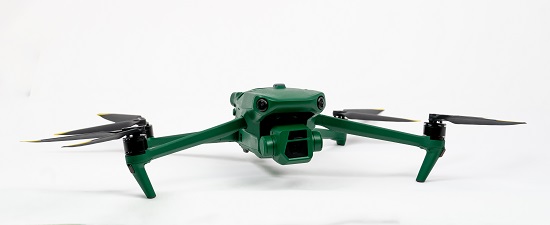
Bethell says the DJI suspensions left very few drones to choose from, and those that were available could be very expensive. Until Anzu came along, that is.
“Anzu gives you a very competitively priced product that opens up a market niche that DJI could no longer enter,” he says.
“If you’re imaging or surveying an area that is of a security concern, you can fly comfortably knowing that there’s no risk of relaying information back to an unwanted source.”
Bethell says that C.R. Kennedy’s first Anzu sale was to a surveying company that had exactly this requirement. The Raptor is enabling that client to survey in sensitive areas that it was unable to tackle previously, and in a very affordable way.
Two versions
The drone comes in two versions: the Raptor, equipped with an RGB camera, and the RaptorT, which has an RGB camera that also has IR thermal capabilities.
The Raptor is equipped with a 4/3 CMOS camera (FOV 84°), 56x hybrid zoom, a mechanical shutter for preventing blur, fast-charging batteries, a multi-camera obstacle avoidance system, low-light camera mode, and up to 45 minutes of flight time. The controllable range of the tilt on the gimbal is from –90° to +35°.
The RaptorT has everything that Raptor has, with the addition of a built-in high resolution 640×512 LWIR sensor. And that sensor is radiometric, meaning that users can measure the temperature of every pixel of the image when capturing data as radiometric file types.
Both drones are rated for wind resistance of 43 kph and have a maximum take-off elevation of 6,000 metres — more than 2.5 times the height of Mount Kosciuszko!
“This drone format has set the standards for long-lasting flight times,” says Bethell. “The motors are very efficient, which is why it can have a long flight time. Two years ago we were talking 10-, 15-minute flight times. Now you’re talking 45 minutes, so it’s a big difference.”
“It’s going to meet everybody’s expectations head on.”
The complete package
The all-inclusive package includes the airframe with applicable payload, the RTK module, hand controller with built-in screen, a battery, the charging station, propellers, and applicable manuals, all in a hard case with custom foam inserts.
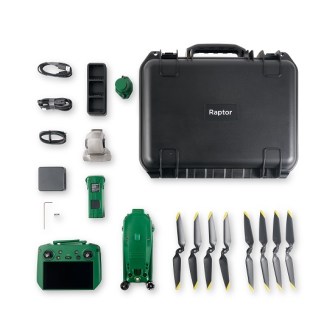
The Raptors are operated through the hand controller via the Aloft Air Control app, which has a range of features, such as live video streaming. Streaming enables users to share real-time, low-latency video securely with mission stakeholders, including multiple streams from different aircraft locations.
The app’s flight telemetry playback function enables operators to use the Air Control web platform to see the locations and flight paths of aircraft, with second-by-second playback. Pilot and fleet management are simplified, providing the ability to track pilot certifications and flight hours, along with aircraft registration, remote ID compliance and maintenance records.
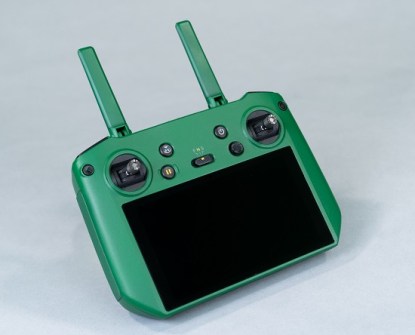
The hand controller also has an HDMI port for displaying data on a desktop monitor.
“Although the Anzu drones are priced slightly higher than their DJI equivalents, it’s important to note that both the Raptor and RaptorT models come packaged with an RTK module and a charging hub, making them competitively priced for the added value,” says Bethell.
Summing up the Raptor models, Bethell says they are “affordable, reliable and efficient, and they’re also backed by C.R. Kennedy, so if something goes wrong you know you’re going to be looked after.”
For more information, visit https://survey.crkennedy.com.au.



